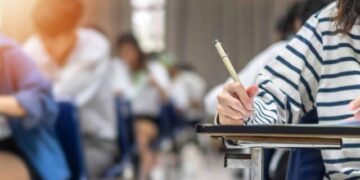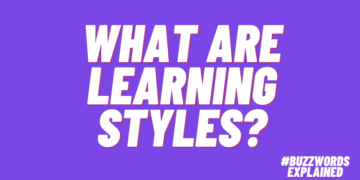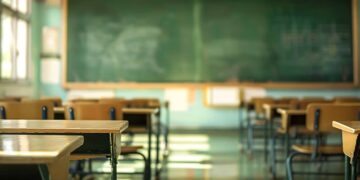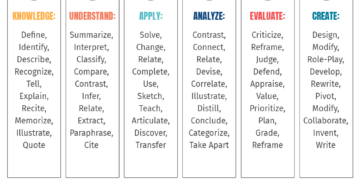
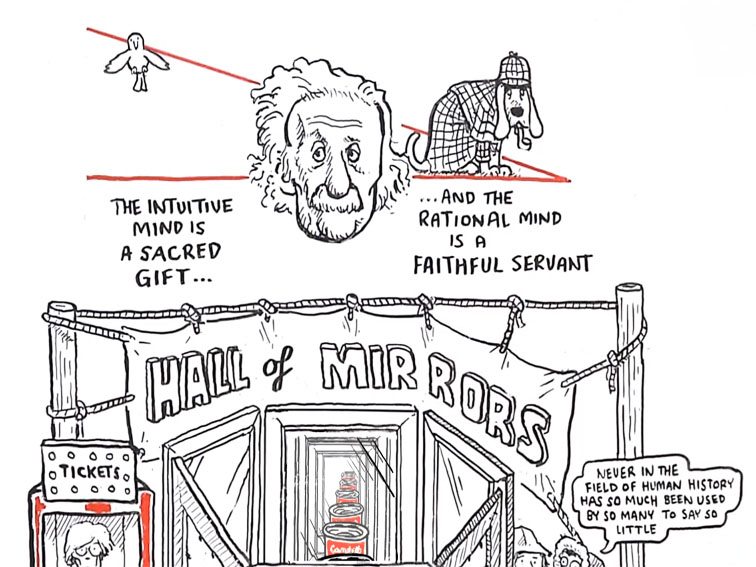
by TeachThought Staff
Understanding how the brain actually learns has been a a scientific challenge for millennia.
Based on recent advances in neuroscience and its application to learning, there is an emerging model of how the brain learns and it is unlike anything that was expected. It is suggested that the brain does not have one learning system but rather four integrated systems–each with its own unique memory pattern and accompaniments.
8 Neurosystems Of Learning
Each system makes use of different cell types and processes. Before educators can embark on new pedagogies of practice that are consistent with 21st century demands, we need to understand quite clearly how the brain learns and remembers.
The neurosystems of learning refer to specific systems in the brain that work together to help us acquire, process, and apply new knowledge and skills. Understanding these systems is important for teaching because it helps us design lessons that align with how the brain naturally learns. Below are some of the key neurosystems involved in the learning process:
1. Attention System
- Explanation: This system is responsible for helping us focus on information and filter out distractions. Without attention, learning cannot take place effectively.
- Related Brain Areas: Prefrontal cortex (for decision-making and focus) and parietal lobe (for awareness).
- Classroom Tip: Activate student attention with engaging hooks (like stories, visuals, or questions) and use strategies like chunking lessons and movement breaks to help maintain focus.
2. Memory Systems
Learning depends on two types of memory:
- Working Memory: Where we temporarily hold and manipulate information (like solving a math problem).
- Long-Term Memory: Where knowledge and skills are stored permanently.
- Related Brain Areas: The hippocampus (for storing memories) and the prefrontal cortex (for working memory).
- Classroom Tip: Use repetition, storytelling, and hands-on practice to help students move information into long-term memory.
3. Emotional System
- Explanation: Strong emotions—positive or negative—can make memories stick. The more emotionally charged a lesson is, the more likely students are to remember it.
- Related Brain Areas: Amygdala (processes emotions) and hippocampus (links emotions to memories).
- Classroom Tip: Create a positive learning environment and connect lessons to students’ personal interests and experiences to boost engagement.
4. Motivation and Reward System
- Explanation: This system encourages us to seek out and repeat behaviors that feel rewarding. Dopamine, a brain chemical, plays a key role here.
- Related Brain Areas: Nucleus accumbens and prefrontal cortex.
- Classroom Tip: Offer clear goals, rewards (like praise or progress tracking), and choices to motivate students.
5. Language and Symbol System
- Explanation: This system handles our ability to process, interpret, and respond to language, which is a core part of learning for many subjects.
- Related Brain Areas: Broca’s area (speech production) and Wernicke’s area (language comprehension).
- Classroom Tip: Use clear language, provide visual aids, and encourage discussion to strengthen language comprehension.
6. Sensory Processing Systems
- Explanation: These systems take information from our senses (sight, sound, touch, etc.) and help the brain interpret it. Multisensory learning improves understanding and retention.
- Related Brain Areas: Occipital lobe (vision), temporal lobe (hearing), and sensory cortex (touch).
- Classroom Tip: Incorporate activities that involve visual aids, hands-on experiments, or music to activate multiple senses.
7. Executive Function System
- Explanation: This system is essential for planning, problem-solving, controlling impulses, and making decisions—important for higher-level thinking.
- Related Brain Areas: Prefrontal cortex.
- Classroom Tip: Teach skills like goal-setting, organizing tasks, and self-monitoring to strengthen executive function.
8. Social Learning System
- Explanation: Humans are wired to learn from others by observing, collaborating, and mimicking. Social interactions help build deeper understanding.
- Related Brain Areas: Mirror neurons (help us “mirror” others’ actions) and the prefrontal cortex.
- Classroom Tip: Use group projects, peer teaching, and discussions to encourage cooperative learning.
The Wild & Crazy Brain
The brain starts out life with about 80% of its cells being neurons. That percentage decreases until our mid 20’s when it stabilizes at about 7%. In one apocalyptic night between the ages 8-10 the brain prunes out over 30% of its neurons. The total number of cells in the brain remains roughly constant at about 1 trillion. By our late 20’s we are left with less than 90 billion neurons.
This emerging model of how the brain learns confronts the anecdotal and urban myths associated with thinking, remembering and learning. The solution focuses on emerging research surrounding the interplay between neurons (7-8% of the brains cells), astrocytes (76% of the brain cells) and the activity of brainwaves. This model also integrates the role of the dendritic spines and their possible memristic qualities, and how these may answer many questions surrounding the nature of memory storage and retrieval that is carried out in tandem with structures in the brain known as the hippocampus, amygdala and the gyrus .
We need to re-look at what neuroscience tells us about brain functionality and how we can use this to a craft a set of teaching and learning capacities that focus on building appropriate knowledge bases, encouraging the development of conceptual frameworks of understanding. These can then be applied to creatively develop new ideas and concepts (innovation) and applications (ingenuity) of these in the form of new products, systems and environments.
TeachThought’s mission is to promote critical thinking and innovation education.


